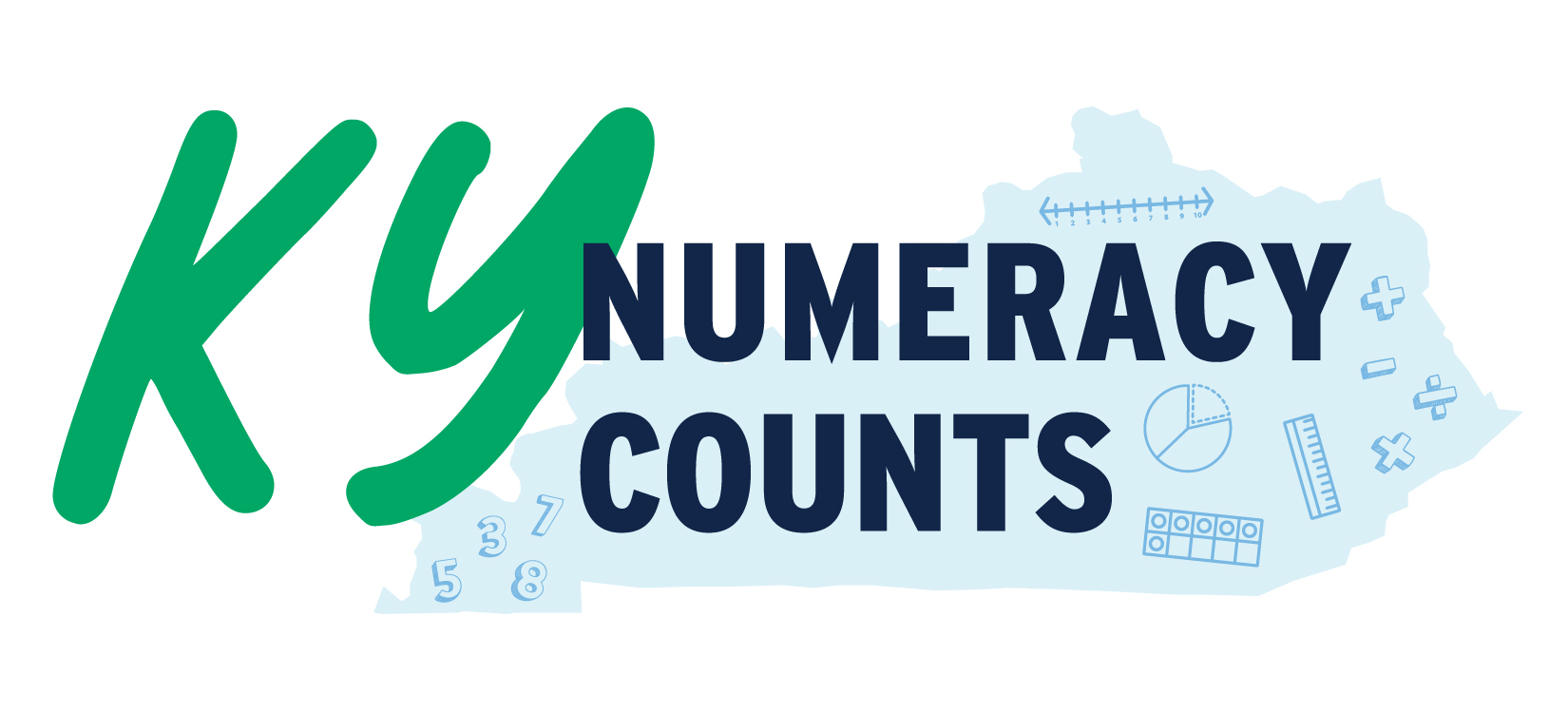
- SCAAC members heard about changes to Kentucky’s accountability system resulting from Senate Bill 158.
- Staff from KDE’s Office of Teaching and Learning provided the SCAAC with an update on the Kentucky Academic Standards for World Languages.
By Jacob Perkins
Jacob.perkins@education.ky.gov
Kentucky school districts should continue to plan to assess students in the spring, the Kentucky Department of Education (KDE)’s School Curriculum, Assessment and Accountability Council (SCAAC) was told during its Nov. 17 virtual meeting.
Leadership from the department met with the council to provide an update on where Kentucky stands in terms of state assessments. While KDE continues to monitor the situation with the U.S. Department of Education (USED), as of Nov. 17, USED has said not to expect waivers in the spring, said Jason E. Glass, Kentucky’s education commissioner and chief learner.
“I think, at this point, anyone who tries to look into what is going to happen in March or April and says that they know, or make a prediction is way overreaching,” he said.
According to Glass, the department has been working to prepare for a possible administration of content assessments.
“It will look a lot like the assessments that have been given in previous years,” he said. “This is not the time to make a radical change.”
KDE has looked at how to scale back the assessment due to the ongoing COVID-19 pandemic and its impacts on learning, and make it as simple as possible while maintaining its validity and reliability, Glass said.
Staff from the department will discuss the spring 2021 assessment with the Kentucky Board of Education (KBE) at its December meeting.
SB 158 Accountability Changes
SCAAC members also heard about changes to Kentucky’s accountability system resulting from Senate Bill (SB) 158 (2020).
The bill amends KRS 158.6455 to create an accountability system that includes an annual differentiation of all public schools in the state using multiple measures that describe each district’s overall performance, school and student demographic group.
In the new system, performance is based on a combination of academic and school quality indicators. These indicators include results of student assessments, progress toward achieving English proficiency by limited English proficiency students, quality of school climate and safety, high school graduation rates and postsecondary readiness.
At the Nov. 6 KBE meeting, board members discussed these changes to the accountability system. Multiple stakeholders, including the SCAAC, will be consulted and the KBE will be presented with input from the various groups.
SCAAC members agreed to the following KDE recommendations:
- A 5 x 5 color-coded table that would help combine status and change. The colors represented on the table would be red, orange, yellow, green and blue, with red representing schools in the bottom levels of performance on each indicator that blends status and change, and blue representing schools with the highest designation. Council members agreed there should be fewer mid-level designations on the table, and said this will allow schools to better see change – good or bad – and will reduce the likelihood of schools becoming stagnant;
- An overall performance rating for elementary, middle and high schools using a color rating system to communicate the performance of schools, with red being the lowest rating and blue being the highest. Color ratings would have five performance levels including, from highest to lowest, blue, green, yellow, orange and red;
- An index method with weights on the multiple indicator measures, producing an overall school performance rating;
- Include federally allowed factors of age, degree of English language proficiency and degree of interrupted schooling of English Learners into the English Learner Progress indicator of the state’s accountability system; and
- Setting the minimum number of students needed for inclusion of school indicators and to form a student subgroup. For accountability, members agreed the minimum number should be 30 students per school. As for reporting on the School Report Card, members said the minimum number should remain at 10 students per grade.
Kentucky Academic Standards for World Languages
Staff from KDE’s Office of Teaching and Learning (OTL) provided the SCAAC with an update on the Kentucky Academic Standards for World Languages.
The department has had world language teachers from across the state meeting for the better part of a year to work on revising the current world language standards, said Krista Hall, director of KDE’s Division of Program Standards.
Highlights from the document include using culturally appropriate verbal and nonverbal skills to build relationships with people of different cultures and intentionally pushing the focus of culture to the core of the language learning experience.
OTL staff will present the draft standards to the KBE at its December meeting, but will continue receiving feedback from the department’s different advisory groups and make final adjustments or create living, supporting resources for the standards as needed.
Whole School, Whole Community, Whole Child subcommittee
The SCAAC learned more about the Whole School, Whole Community, Whole Child Subcommittee from KDE Associate Commissioner Robin Kinney and KDE Federal Program Specialist James Tackett.
Initially formed in 2011 by the KBE to address health in schools, this interagency subcommittee meets regularly to emphasize the role of the community in supporting the school, the connections between health and academic achievement and the importance of evidence-based school policies and practices.
Aside from KDE staff, members include the Kentucky Department for Public Health, Kentucky Department for Behavioral Health, The Prichard Committee for Academic Excellence, Foundation for a Healthy Kentucky and Family Resource Youth Services Centers.
“This is a true success story across the Commonwealth,” Kinney said.
Tackett said when districts consider starting similar groups at the local level, they should “start where they are.”
“This is a huge framework and it’s not meant to be implemented all at once,” he said.
Tackett recommends having representation from the school and district level for local committees, as well as examining any data collected within the district to make informed decisions.
The SCAAC will meet again on March 16, 2021.




Leave A Comment